Gallery in the skies: on Fan Ho’s photographic legacy
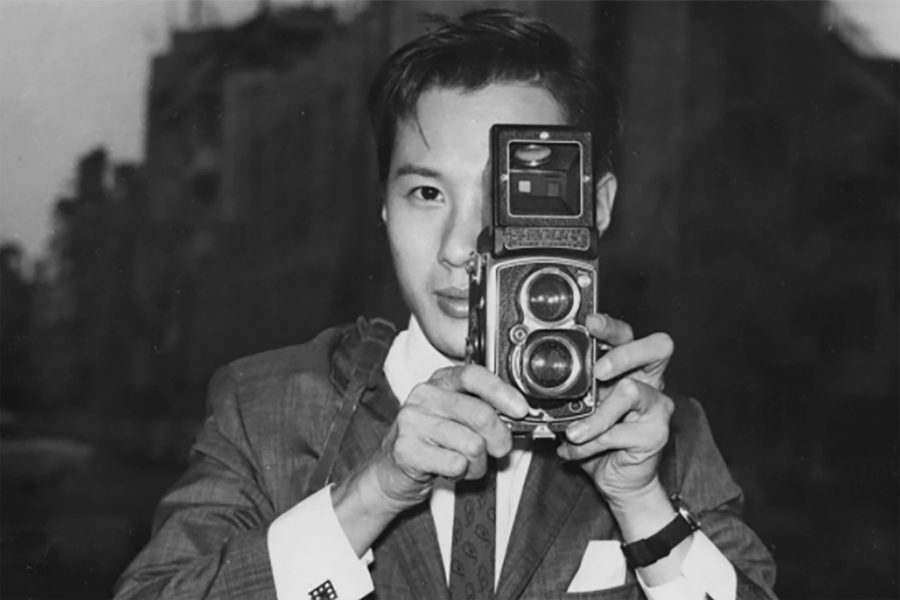
Fan Ho ’s captivating black-and-white photographs of Hong Kong may depict a bygone era, but they also capture the intangible spirit of the city that has resonated with many through the ages. Now, you’ll be able to see two pieces by the late photographer displayed in the Business cabins on our Boeing 777-300ER aircraft as part of Gallery in the skies.
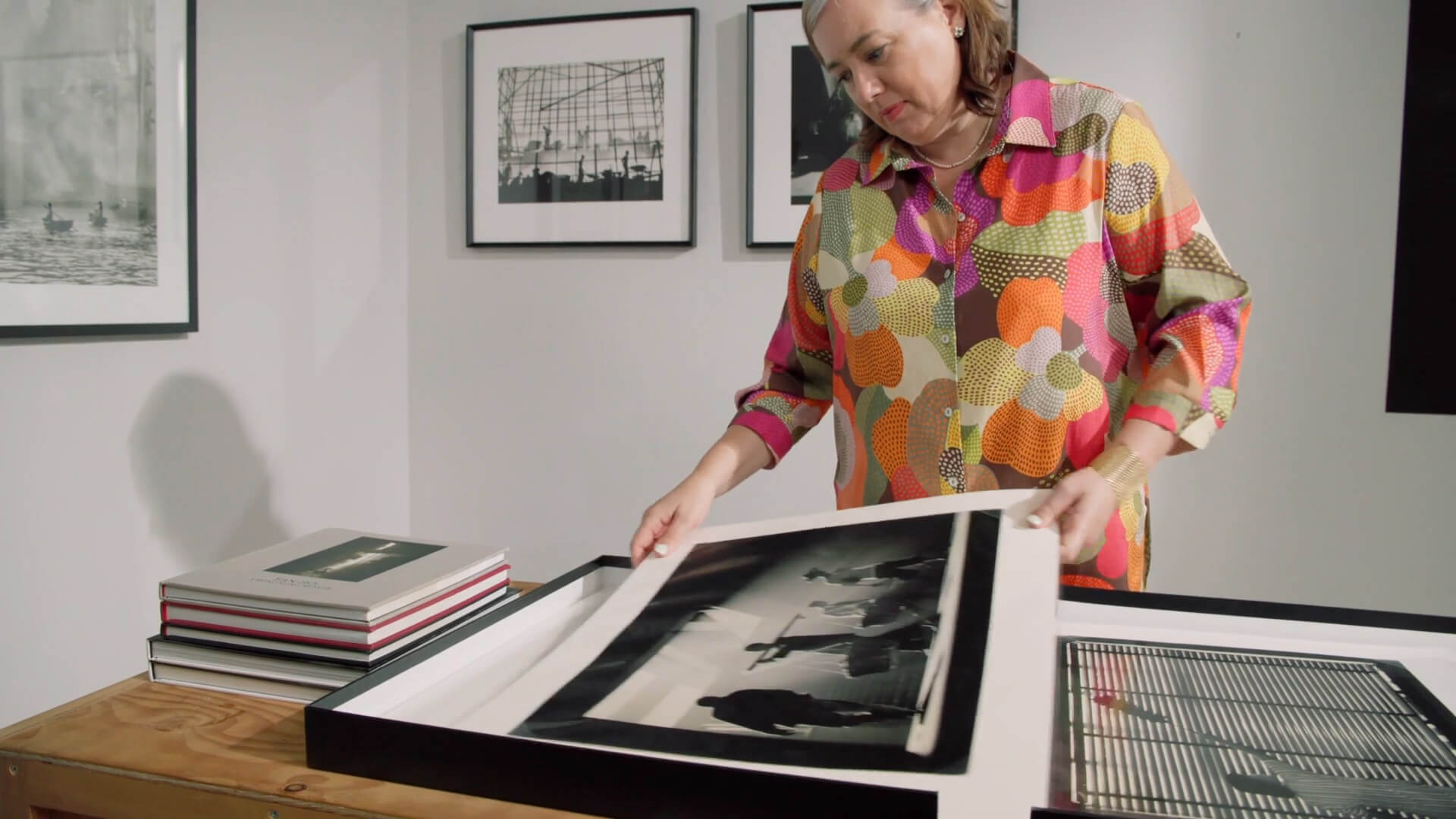
“Fan Ho changed my life,” says Sarah Greene, the director of the Blue Lotus Gallery . “He inspired me to do what I'm doing right now.

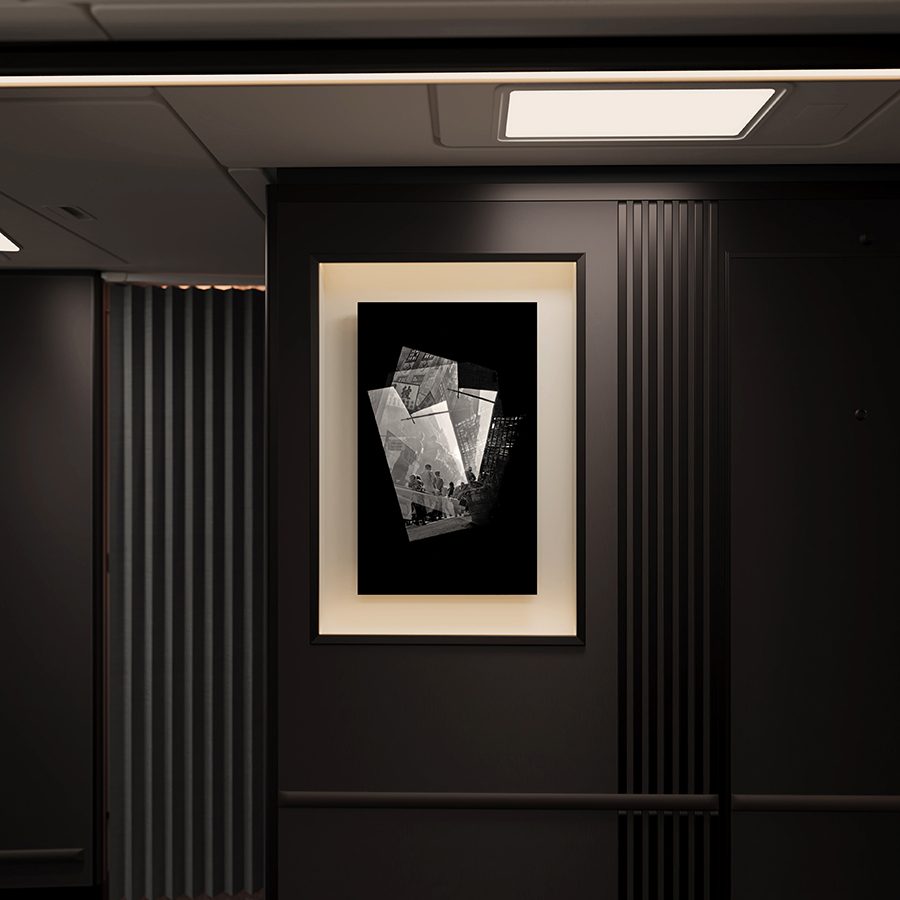
“The stories he told of Hong Kong in the 1950s and ‘60s – it’s completely changed since, especially its landscape, its cityscape, its architecture. You could just see that you were dealing with a master photographer.”
She had only met the photographer in the early 2010s when he was in his 70s – by then he had already retired as an actor and film director – but the meeting sparked a working friendship that had lasted until his death in 2016. Before he passed away, Sarah worked with him to compile some of the artist’s last monographs – Hong Kong Memoir and Portrait of Hong Kong .
“He was looking for stories – the drama of life.” – Sarah Greene
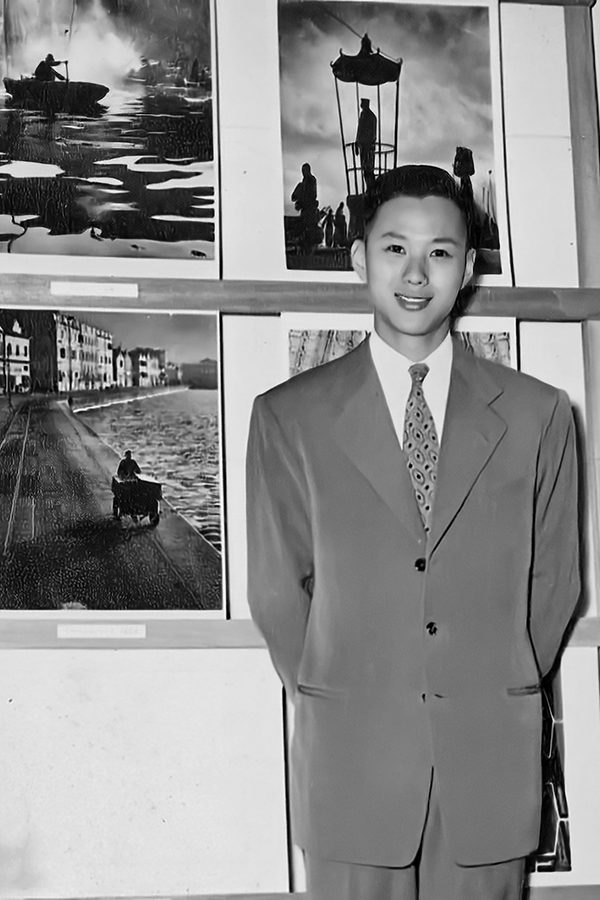
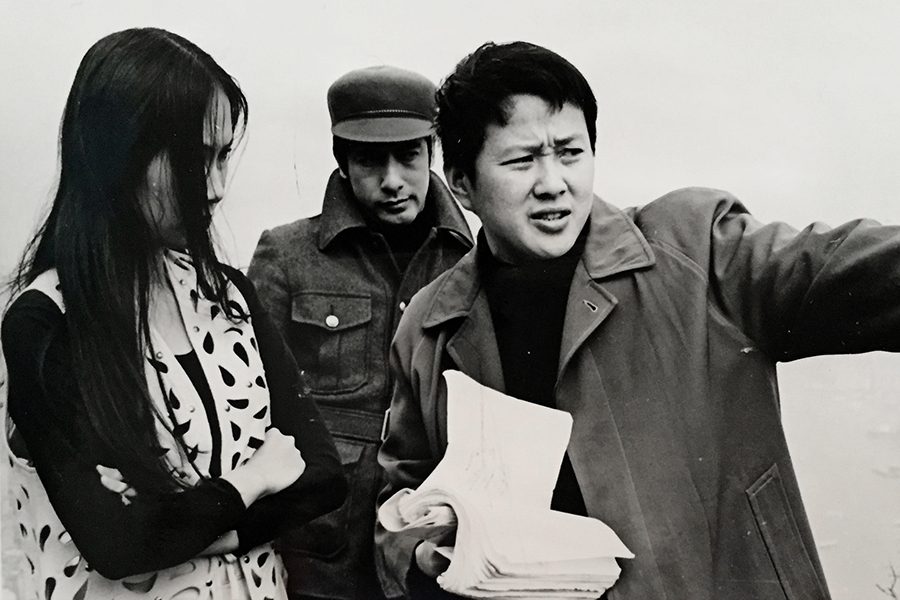
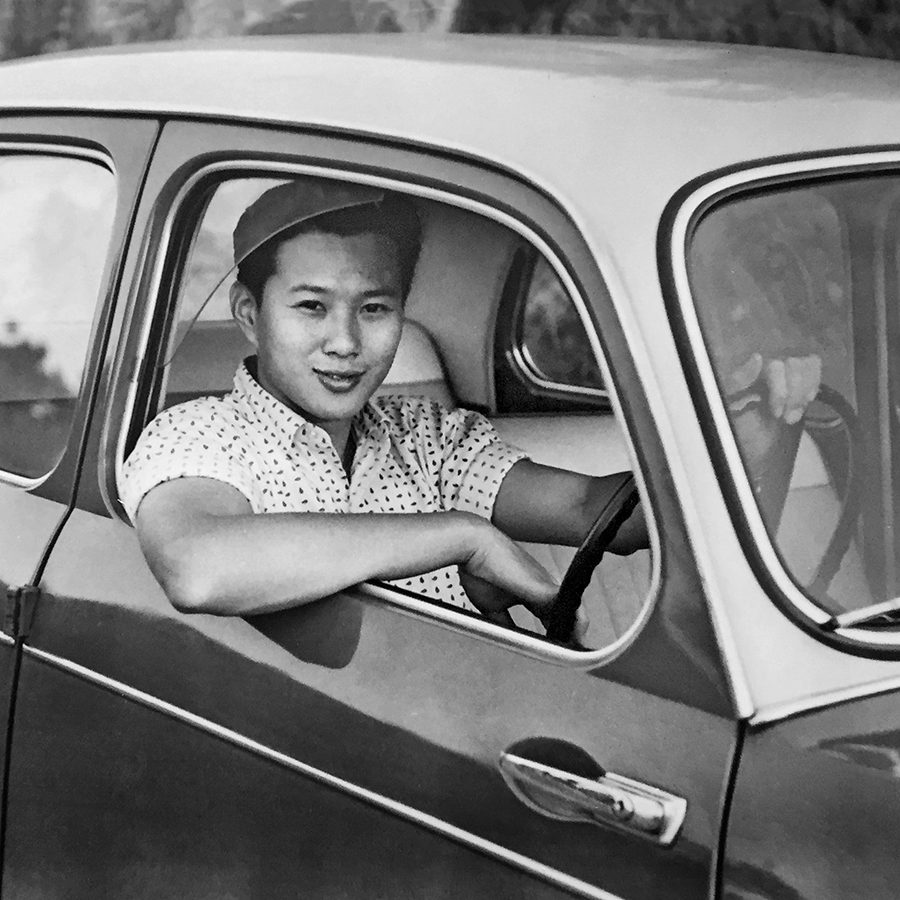
Fan Ho was born in 1931 in Shanghai. Fleeing the war, his family moved to Hong Kong when he was 18. He had already been playing around with a Kodak Brownie that his father had given him earlier for his 14th birthday, which he used to enter a school competition and won, fuelling an early interest in photography.
He had nearly pursued writing instead of photography, Sarah tells us. “An avid reader, he would read all the classics: Dostoevsky, The Three Musketeers, you name it.”
But being someone who did everything he loved with such intensity, his obsessive reading and writing resulted in splitting headaches, and his doctor told him to find a new hobby. “So, his new passion became photography,” Sarah says. “It was never his intention to document what the streets looked like. He was looking for stories – the drama of life.

His broad interest in the arts never diminished: “he was influenced by literature and drama,” she says. “He would read every book at the library on international photography. But he would also take inspiration from Chinese landscape paintings, from classical music, from movies, everything, and then he would channel that out into his photography.”
In 2012, Sarah was recruited by Peter Lau, founder of prominent local publisher and printing house Asia One, to help run his new gallery, AO Vertical. It was a unique format, a spiralling staircase that stretched across 14 storeys in a printing building in Chai Wan. “We had the first big exhibition with Fan Ho, with 50 works in the staircase. People would go to the 14th floor and walk down.”
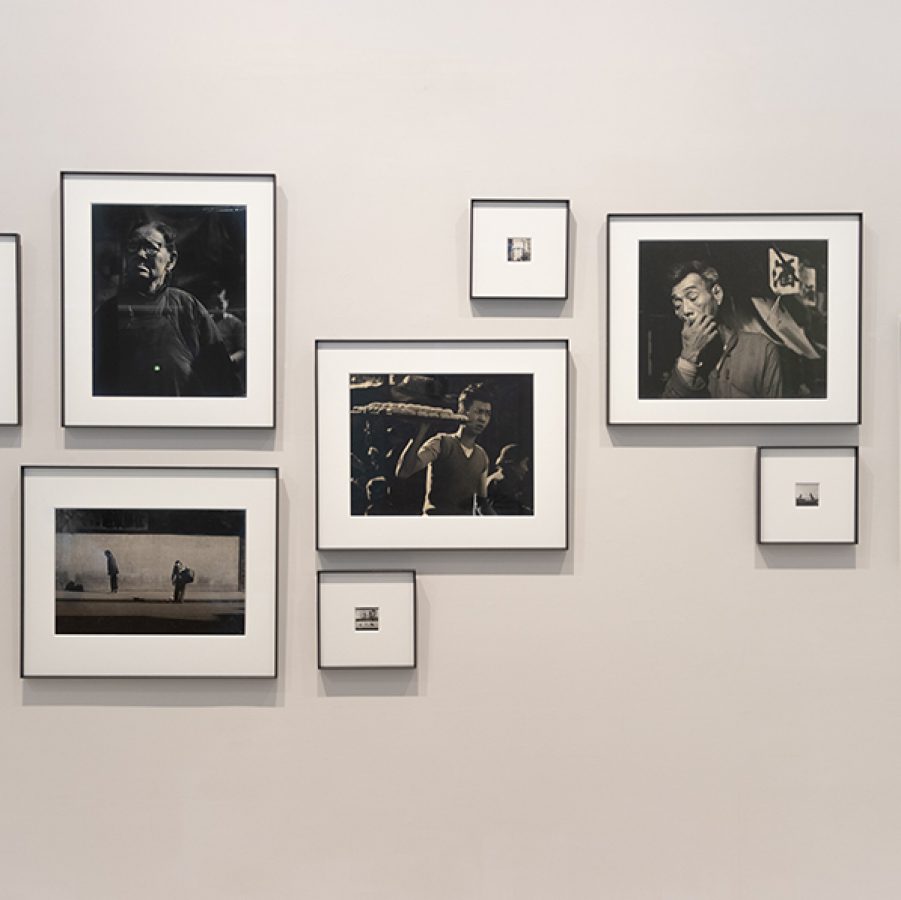
As most of Fan Ho’s body of work was conceived before he turned 28, he was sceptical that his works would still appeal to anyone in Hong Kong at this later point in his life. Yet, the barrage of press coverage over that first show at AO Vertical told him otherwise. It was a huge success. Families came to visit, with grandparents pointing out to their children and grandchildren the stories of old Hong Kong as captured through Fan Ho’s lens.
“He was so happy to see that people loved his work,” Sarah says. “I realised that this sense of rediscovering the city through photography was something that people in Hong Kong really cared about.”
Fan Ho was a master of what many in photography call “the decisive moment” , something his esteemed predecessors like French photographer Henri Cartier-Bresson were also keenly attuned to. Armed only with his trusty Rolleiflex, Fan Ho would look for an interesting backdrop and then wait for something to happen. “In those days you had to be very patient: every photo would cost you film and money,” Sarah says. “So you would be very careful in waiting for that perfect moment and not before, not after.”

In his 1956 photo titled Pattern, for instance, Fan Ho patiently waited for a day labourer to walk in front of a patterned wall before pressing the shutter – snapping the photograph exactly when the man was mid-stride.
Throughout Fan Ho’s photography, he strove for a subjective approach “instead of an objective documentary,” Sarah says. Rather than capturing celebrity starlets or the fast-growing skyscrapers of the time, “he really wanted to capture the soul of Hong Kong in his photographs: the soul of Hong Kong people, their daily lives and what they are about.”
He was immersed in the aspect of storytelling, so much so that many of the artist’s works were perfected in the darkroom. “Cropping was an important part of his work because you start with an image from the streets with a lot of things happening,” Sarah says. “To come to the essence of the image, you need to cut out unnecessary details.”
This is especially evident in the pieces collected by Cathay, which are part of his later bodies of work experimenting with earlier imagery. Mysterious Adventure, a superb example of the influence of Chinese ink painting on the artist, is made up of photographs taken in 1955: a striking black silhouette created by the close-up of a tree branch, resembling the calligraphic flourish of a Chinese character, superimposed later on in 2014. Behind it, we see white space and a small boat with people in the distance.

Credit: Hung A
"I'm sure if Fan Ho was still alive, he would have been so honoured to have his work flying around the world for Cathay.” - Sarah Greene
The other piece collected by Cathay, Old Street Kaleidoscope, completed in 2011, features fanned out images of Hong Kong streetscapes taken in 1955, created by overlapping and collaging negatives together to create a dizzying, prismatic effect.
Part of the Hong Kong Memoir series, these collaged works underscore the act of looking back at memories. Sarah shares, “it references the idea that memories are never a straight-forward picture; after a while, you mix things together; it becomes a bit vague, or you remember things totally different than they probably really were.” But it’s clear no matter how many years go by, with his striking use of light and shadow, masterful composition and a keen eye for storytelling, the essence of Fan Ho’s work is instantly recognisable.
Today, if you step into a Business cabin of one of our Boeing 777-300ER aircraft, there’s a chance you’ll spot this indelible essence of Hong Kong – of Fan Ho – on its walls. “I'm sure if Fan Ho was still alive, he would have been so honoured to have his work flying around the world for Cathay,” Sarah says.
“While Hong Kong is a place of business and finance,” she continues, “to have Cathay honouring that it's also a very creative place with so many amazing artists is beautiful – and very important for the Hong Kong art scene."
More inspiration
- China – the Chinese Mainland, Hong Kong SAR, Macao SAR and Taiwan Region
- Hong Kong SAR - English
- Chinese Mainland (China) - English
- Taiwan, China - English
- 香港特別行政區 - 繁體中文
- 中国內地 - 简体中文
- 中國台灣 - 繁體中文
- Africa
- South Africa - English
- Asia
- Bangladesh - English
- Korea - English
- Singapore - English
- Cambodia - English
- 한국 - 한국어
- Sri Lanka - English
- India - English
- Malaysia - English
- Thailand - English
- Indonesia - English
- Maldives - English
- ประเทศไทย - ภาษาไทย
- Indonesia - Bahasa Indonesia
- Myanmar - English
- Vietnam - English
- Japan - English
- Nepal - English
- Việt Nam - tiếng Việt
- 日本 - 日本語
- Philippines - English
- Australasia
- Australia - English
- New Zealand - English